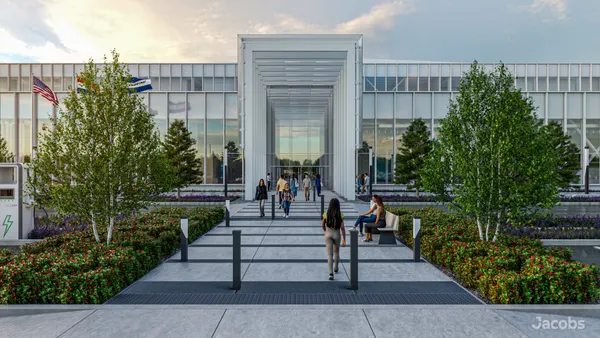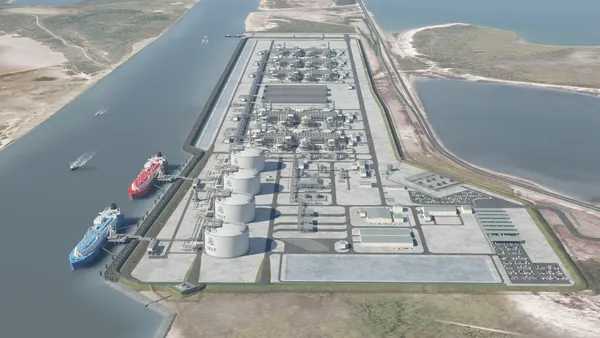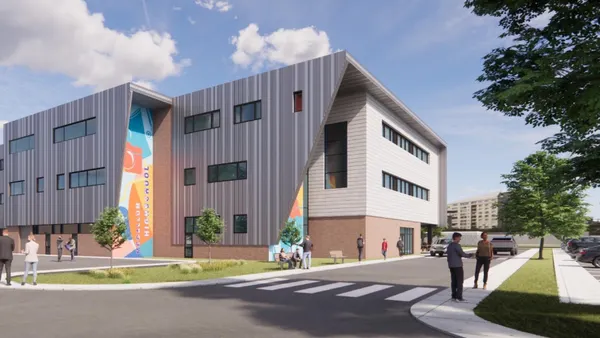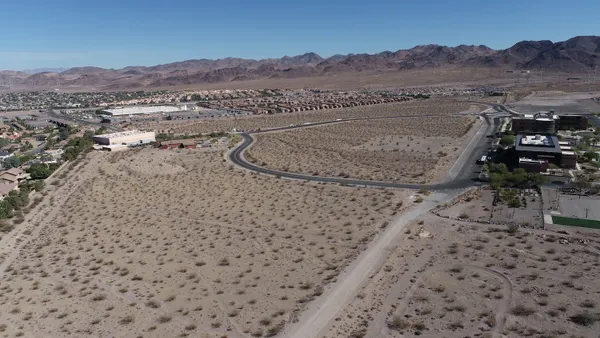WASHINGTON – Resilience — essentially risk management — is an increasingly critical consideration for road builders.
Climate change is impacting roads in surprising ways, and contractors and engineers need to be prepared for extreme weather, sea level rise and hotter temperatures, said a panelist at the National Institute of Building Sciences’ Building Innovation Conference in Washington, D.C., on May 23.
The average cost per mile of a two-lane road is now about $10 million, said Amir Golalipour, highway research engineer in the Federal Highway Administration’s Office of Infrastructure Research and Development. It’s important to design and build resilient roads because, among other reasons, the FHWA simply does not have the resources to keep replacing them.
The climate is changing rapidly, threatening infrastructure: In 2023 the U.S. experienced 28 separate billion-dollar weather and climate disasters, the highest number on record and part of a steady upward trend, per the National Oceanic and Atmospheric Administration. Agencies and builders can no longer assume stationary weather patterns and must use climate models to plan for a range of circumstances like wildfires, higher average precipitation, humidity and more freeze-thaw events.
Flooding, for example, can reduce the strength of a road by 50% after immersion, said Golalipour. Plus, following a disaster, response and recovery vehicles put incredible amounts of wear and tear on a road.
“Just to put that in perspective, in the city of Paradise, [California], that was part of the Camp Fire, when they removed debris, the load that they put on the pavement in two weeks was equal to 20 years of traffic,” Golalipour said in reference to the 2018 conflagration that stands, so far, as the most destructive in California's history.
The impact of wildfires on roads is also a growing threat and much less understood, according to Golalipour. Not only can fires crack and deform roads, they also scorch supporting plant life underground, which can contribute to erosion and landslides.
The FHWA’s decade-old Order 5520 guides its efforts to mitigate climate change and extreme weather risks, and state DOTs are required to look at future environmental conditions and develop a risk-based asset management plan. To that end, the FHWA has collected a slew of useful data and created resources like its Vulnerability Assessment Scoring Tool and Adaptation Decision-Making Assessment Process.
“On the infrastructure side we have tons of data, because as part of our regulations they have to report the performance of their asset on a yearly basis for bridges, for pavements,” said Golalipour.
While sustainability and resilience are both important considerations for builders, they are different: Asphalt is the most recycled material in the world, according to Golalipour, but a road made from repurposed pavement is not necessarily built to withstand extreme weather. However, the two concepts are linked.
Building more strongly upfront also means less money spent and less materials wasted down the road on repair and replacement over the lifespan of a road or bridge, according to Golalipour.
“When you have a resilient solution and a resilient system overall, that’s going to help you with sustainability,” Golalipour said.














